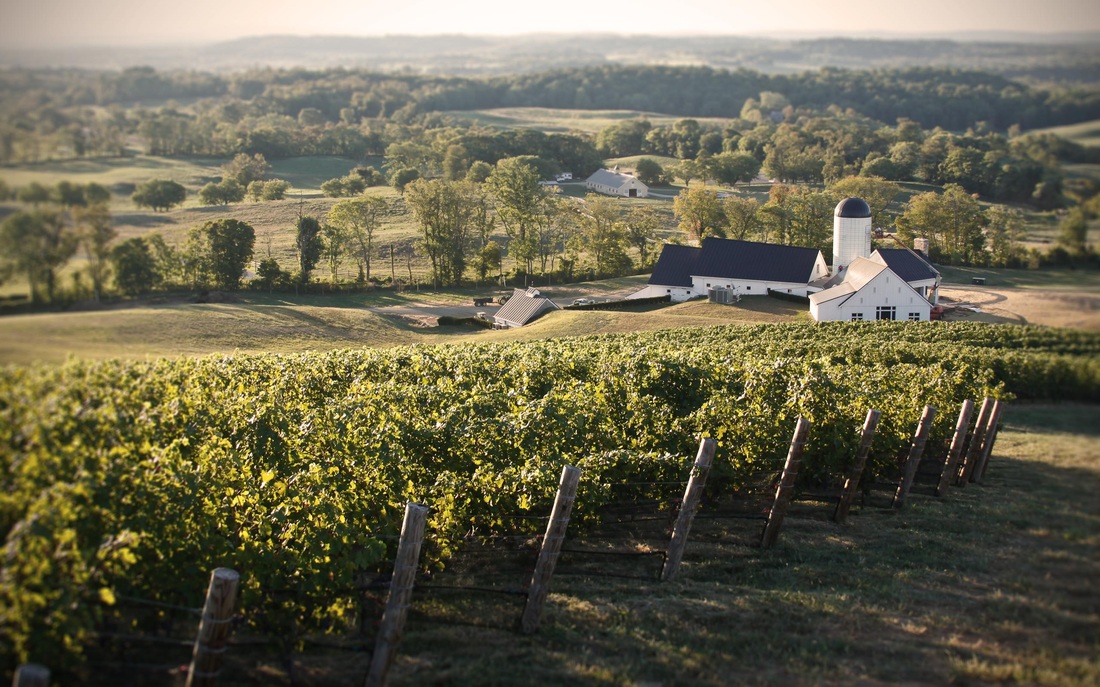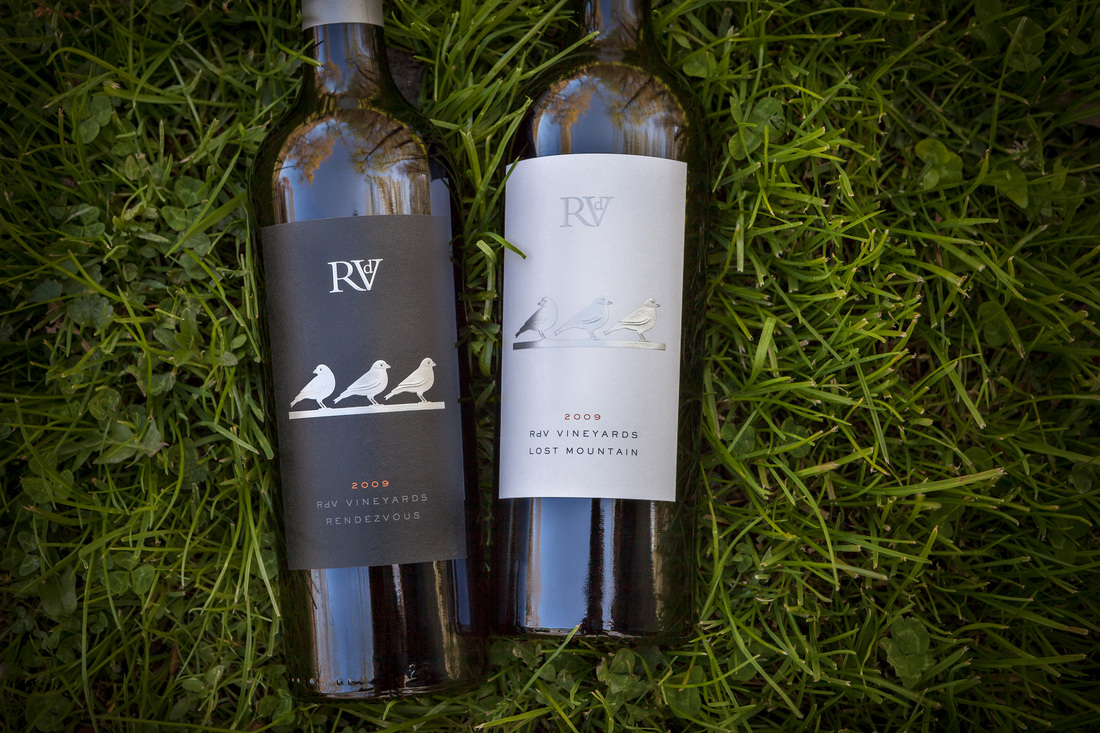n
The most recent surprise—no, make that a revelation—were two outstanding reds from RDV Vineyards in Virginia. RDV is a small winery in the newly minted Middleburg AVA about 45 minutes west of Dulles. The terrain here is hilly, green, and beautiful, but equally hot and humid during the growing season. RDV produces some 1,500 cases of Cabernet Sauvignon called Lost Mountain and a Merlot blend called Rendezvous. I recently tasted the 2009 vintage of both and they’re not merely good, they’re outstanding and by far the best wines from Virginia I’ve ever had. Both easily held their own in a flight of other 2009 vintages tasted blind that included the likes of Chateaux Pichon-Lalande and St.-Pierre, and California Cabernets including Ridge Montebello, Corison, and Caymus Special Selection.
That wines of such high quality can be made in a subtropical climate would seem somewhere between insanity and pure magic, but in reality it’s the product of monumental hard work and know how. RDV is the brainchild of Rutger DeVink who, throughout degrees at Colgate and Northwestern and a four year stint in the marines, always had a strong interest in wine. After completing his MBA, Devink worked as an apprentice at Linden Vineyards in Virginia followed by stages at Chateau Cheval Blanc, Ramey Cellars in Sonoma, and Chateau La Grange.
After a search for sites in California and Oregon turned up little in the way of affordable vineyard real estate, Rutger settled on a previously unplanted hillside near Delaplane, Virginia. Here he and his team planted 16 acres entirely to Bordeaux varieties. The soils are comprised of 15-18 inches of well-draining topsoil over solid granite. The eleven vineyard parcels the make up the estate vineyard include Cabernet Sauvignon (40%), Merlot (40%), Petit Verdot (12%), and Cabernet Franc (8%). With intense heat and humidity during the summer, the growing season is shorter than the norm and the harvest window narrow because of imminent fall rains. Most, if not all, of the fruit is typically in by the beginning of October.
The RDV style combines the best of the old and new worlds with the ripe, polished fruit of a Washington or California red and the pronounced herb/mineral character and lifted natural acidity reminiscent of Bordeaux. The Lost Mountain Cabernet ($85) is the more powerful of the duo with blackberry, plum, and currant notes with cola, sassafras, and mocha underneath. It’s young, dense, and concentrated but polished and drinkable now. The Rendezvous Merlot blend ($77) by turn shows supple black cherry, plum, and currant fruit with a violet top note as well as graphite, cocoa and, herb hints. The finish is seamless with tart acidity and wood spice.
On a final note, both 2009’s were made from third-leaf fruit which makes them even more noteworthy. Given the quality of these inaugural releases, one can only imagine vintages to come. The future is indeed very bright for RDV and the wines of Virginia.
www.rdvvineyards.com
nn

